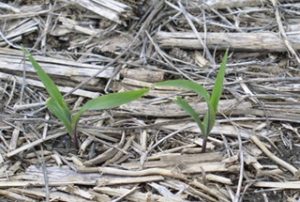I just got back from a trip to Winona, MN, a lovely college town along the Mississippi River. Located in the southeastern part of MN, Winona itself – because it is a river town – does not look like a community influenced by agriculture. But it is.
Farms abound in the areas around it, and according to research conducted by North Carolina State University (NC State), the mighty Mississippi is prone to the runoff that these farms can create.

The effect upon the Gulf of Mexico is, to put it mildly, damaging.
But as always, better farming practices are out there. Along with the grass buffers that have been presented here in previous blogs, no-till farming is for some farmers (and environmentalists) another exciting option.
It is working for Winona area farmer Bill Dunlay, according to this 2012 (dated, yes, but still pertinent) report from the Mississippi River – Winona Watershed News.
Dunlay’s land is hilly, and susceptible to erosion. Commenting on the benefits of no-till, Dunlay gets to the point. “It saves a ton,” he says. Dunlay notes he saves on fuel, equipment costs, time and soil.
All while losing nothing in yields, he says.
It is widely known that no-till farming dramatically reduces soil erosion and, because of improved water retention, crops actually require much less watering per acre. This is a terrific benefit for areas that experience less-than-normal rainfall in a given year.
Dunlay says that no-till may not be for every farmer, but it is worth a serious look for many. He has converted all 250 of his acres to the no-till method, and the results speak for themselves.
